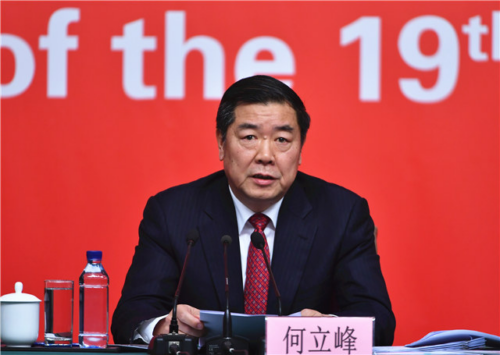Two deals, two world powers — China and the U.S. in the South Pacific
Chinese Foreign Minister Wang Yi started his tour of the Pacific Islands to drum up support for a surprise regional pact, right after Biden called for a “free and open Indo-Pacific.”

China’s Foreign Minister Wáng Yì 王毅 arrived in the Solomon Islands with a 20-person delegation on Thursday to kick off his eight-nation tour of the South Pacific region.
Beijing is hoping to rally support for a regional agreement with Pacific Island nations called the “Common Development Vision,” a broader push by Beijing to boost ties after it signed a controversial security pact with the Solomon Islands.
- In advance of his tour, Wang sent 10 Pacific countries drafts of the deal, which would expand Beijing’s role in security and policing matters, maritime cooperation, cybersecurity, access to natural resources, and more, Reuters first reported.
- Earlier this week, U.S. President Joe Biden proposed the Indo-Pacific Economic Framework (IPEF), which aims to create new rules on environmental and labor practices, and more across Asia.
Unlike Biden’s IPEF, Beijing has sweetened the deal with offers to help development and tackle climate change, along with promises of at least 2,500 government scholarships.
- The draft also states that the participants “firmly abide” by Beijing’s one-China principle, under which Taiwan, a self-ruled island democracy, is considered to be part of China. Taiwan currently holds diplomatic ties with four Pacific Island countries, including Palau, the Marshall Islands, Nauru, and Tuvalu. The Solomon Islands and Kiribati switched their ties from Taipei to Beijing in 2019.
- “Clearly the Solomon Islands security agreement was the catalyst,” the Lowy Institute’s Jonathan Pryke told the Financial Review. “But China sees this as a chance to reconnect with a region that didn’t feel it was getting (its) full attention.”
In a letter to 21 Pacific leaders that was seen by multiple news agencies, David Panuelo, the president of the Federated States of Micronesia (FSM), said his country would argue to reject the deal because he feared it might spark a new cold war between China and the West.
- “Whoever wins in such a conflict, we will once again be the collateral damage as we become stuck in the crossfire of the bigger countries,” he wrote per the New York Times.
Chinese engagement in the region has strengthened in recent years as a key component of its Belt and Road Initiative (BRI): By 2021, China signed BRI cooperation documents with all 10 Pacific Island countries with which it has established diplomatic relations.
- China’s direct investment in Pacific Island countries rose from $900 million in 2013 to $4.5 billion in 2018, a 400% increase.
- From 2010 to 2020, total trade in fishery products between China and the Pacific Islands increased from $35 million to $112 million.
Wang’s diplomatic push comes on the heels of Biden’s recent trip to Tokyo, where he released the U.S.’s new Indo-Pacific strategy, IPEF, and met with members of the Quad to strengthen alliances in Asia and counter China’s growing influence in the South Pacific.
- In response to Wang’s tour, Australia sent top diplomat Penny Wong to the region, where she gave a veiled pledge that her nation’s aid “won’t come with strings attached.”
- New Zealand is also extending its troop deployment in the Solomon Islands.
- On Tuesday, the Quad launched a maritime initiative aimed at curbing illegal fishing to counter Chinese activity in the region.
Meanwhile, in Washington D.C. today, Blinken gave a speech on the U.S.’s China strategy that highlighted the international “rules-based” order. Politico says:
In his bilateral meetings in Seoul and Tokyo and in the gathering of the leaders of the Quad nations, Biden found strong support for the key plank of his Indo-Pacific strategy: A commitment to a “free and open Indo-Pacific.”
It’s an open question if the “free and open Indo-Pacific” will be a match for ports, bridges and cell phone towers that will be built by Beijing.






